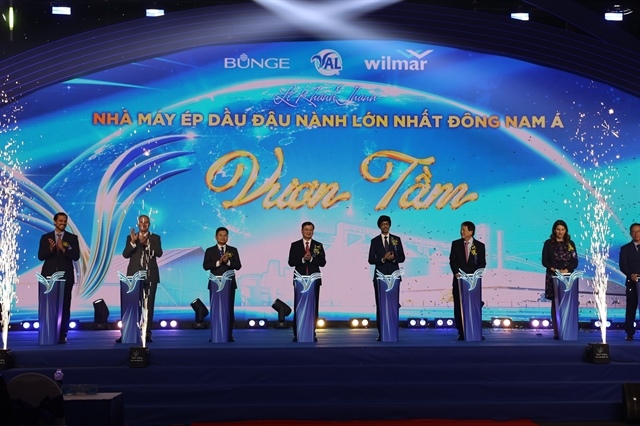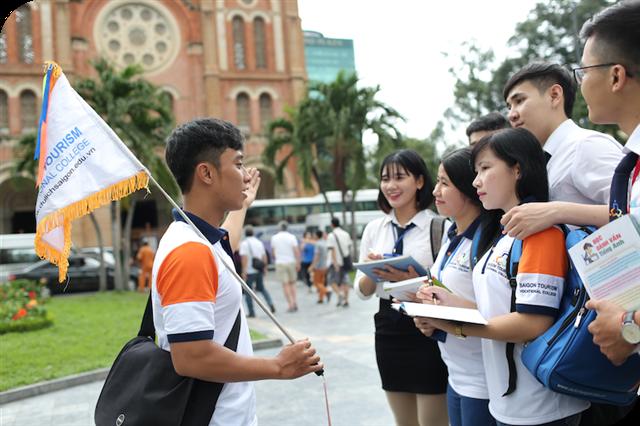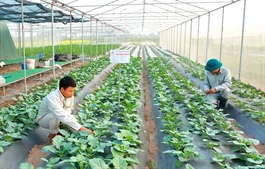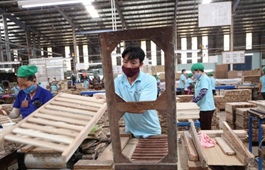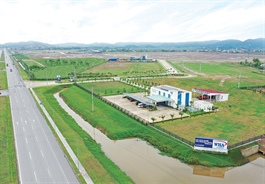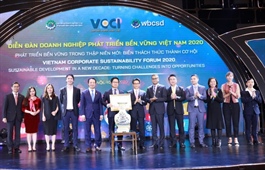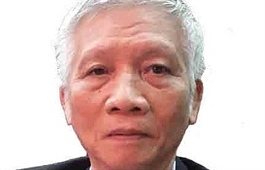Vietnamese garment and footwear surviving during the coronavirus
Vietnamese garment and footwear surviving during the coronavirus
The Vietnamese garment factories are persuading international brands to use domestic fabrics and raw materials.
As the Covid-19 outbreak affected Vietnam’s textile and garment and footwear industries this year, many businesses have changed their strategy of product development and on seeking new customers, especially enhancing connection with each other within the sector.
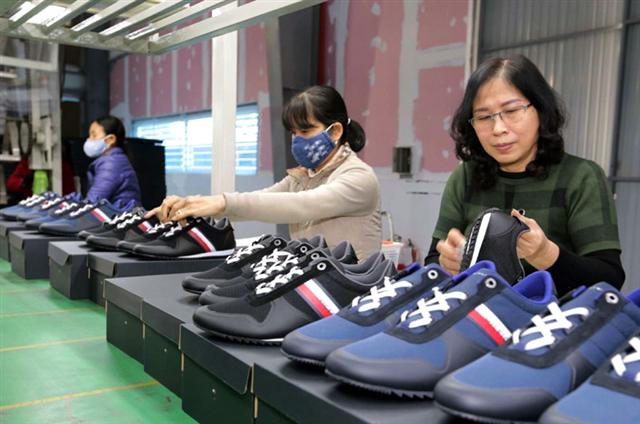
Thuong Dinh Footwear JSC. Photo: Nam Le
|
Ms. Do Quynh Chi, Director of the Research Center for Labor Relations, said at a conference held on December 11, during and after the Covid-19 pandemic, the businesses strengthened their connections with each other in purchase and sale of domestic materials to offset supply disruption or price hike. Not only sharing orders, enterprises in the sector are sharing experiences about technology, machinery, implementation of environmental standards (such as wastewater treatment, using solar energy) and other issues.
In addition to the impact on the supply of raw materials from Covid-19, Mr. Vu Duc Giang, Vitas Chairman, said that to meet the standards of origin, local manufacturers and international brands also increased the buying and selling of domestic raw materials. Specially, Phu Bai Spinning Company has promoted the sale of yarn to many foreign-invested enterprises in Vietnam during the pandemic.
Meanwhile, many Vietnamese garment factories have been persuading international brands to use domestic fabrics and raw materials instead of importing them completely as previously to take advantage of tariff incentives through the Comprehensive and Progressive Agreement for Trans-Pacific Partnership (CPTPP) and the EU-Vietnam free trade agreement (EVFTA).
A recent survey conducted by the Research Center for Labor Relations showed that 46.6% of businesses have dealt with their peers and the 39.5% planned to cooperate with others in the next 1-3 years.
However, most businesses, those who want to connect with others, lack information channels and support mechanisms. For example, there is currently no web portal providing comprehensive information on the textile and footwear-handbag industries in Vietnam as well as opportunities to connect with partners.
Potentials after Covid-19
Mr. Giang from the Vitas said that the demand of Europe and the US in 2020 was estimated to decrease by 45% and 40% for garment, 27% and 21% for footwear, respectively. Until the fourth quarter of 2020, the pandemic continued to be complicated in the two large markets, making the fashion industry's recovery time same as pre-pandemic levels predicted at the end of 2022 or early 2023.
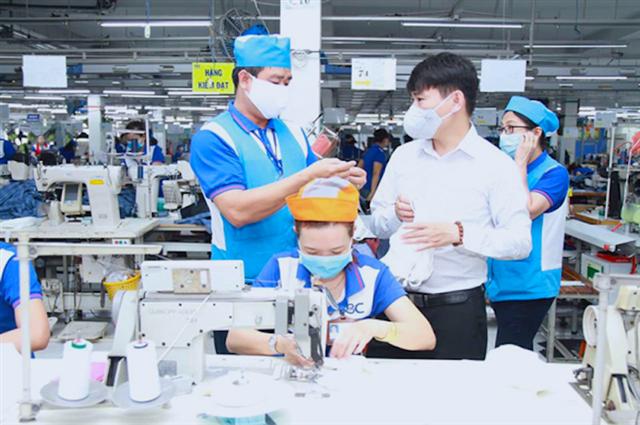
A factory of Nha Be Garment JSC
|
However, Vietnam garment and footwear industries also have many opportunities as the global trade landscape is changing. Garment exports are mainly of high value, but still their sales remain unchanged and its market share even expanded in the US. In June 2020, Vietnam overtook for the first time China’s position as the largest exporter of apparel to the US.
In Europe, Vietnam now accounts for about 3% of the market share. With the EVFTA agreement taking effect on August 1, 2020, footwear and textiles exports are forecast to increase strongly by 2025.
Local manufacturers have adjusted some strategies in the next 1-3 years. Up to 55.7% of surveyed businesses planned to promote automation, the 49.8% will develop new products, the 39.9% will diversify more products and the 41.5% will invest in improving labor skills, according to the Research Center for Labor Relations’ survey.
"Nearly half of the fashion brands said they would increase their purchases from Vietnam after Covid-19, partly due to the supply chain diversification strategy and the free trade agreements that Vietnam has joined recently," Mr. Giang said.
“We will overcome difficulties in 2021 and 2022, even 2023. By the end of the third quarter of 2023, if Covid-19 is under control, the textile-garment industry will grow at the same level as that of 2019,” he added.
This year, textile and garment exports are expected to reach US$35.2 billion, lower than the $38.9 billion last year, and $55 billion for the 2025 goal, according to the Vitas.
To promote the development of the textile and footwear industry in the coming time, insiders have said that businesses need to continue improving their compliance with labor and environmental standards according to new-generation agreements such as CPTPP and EVFTA, participating directly and deeply in the supply chain with their own sources of raw materials, and taking a higher position in the value chain.
Ms. Chi from the research center said that in short and medium term, the trend of diversifying customers, markets and products is the lifesaver for textile enterprises to maintain their operations. Meanwhile, leather and footwear manufacturers tend to reduce outsourcing and diversify customers.
“In the long term, green technology and automation continue to be the trend,” Chi said.
| Covid-19 had a negative impact on textile and footwear enterprises in 2020. Specially, 94.2% and 87.1% of enterprises in leather-footwear, textile and garment, respectively reduced orders. Meanwhile, 84.5% and 53.5% of leather-footwear, textile businesses were delayed their orders; 74.8% and 22.9% leather-footwear, textile businesses could not export. |




